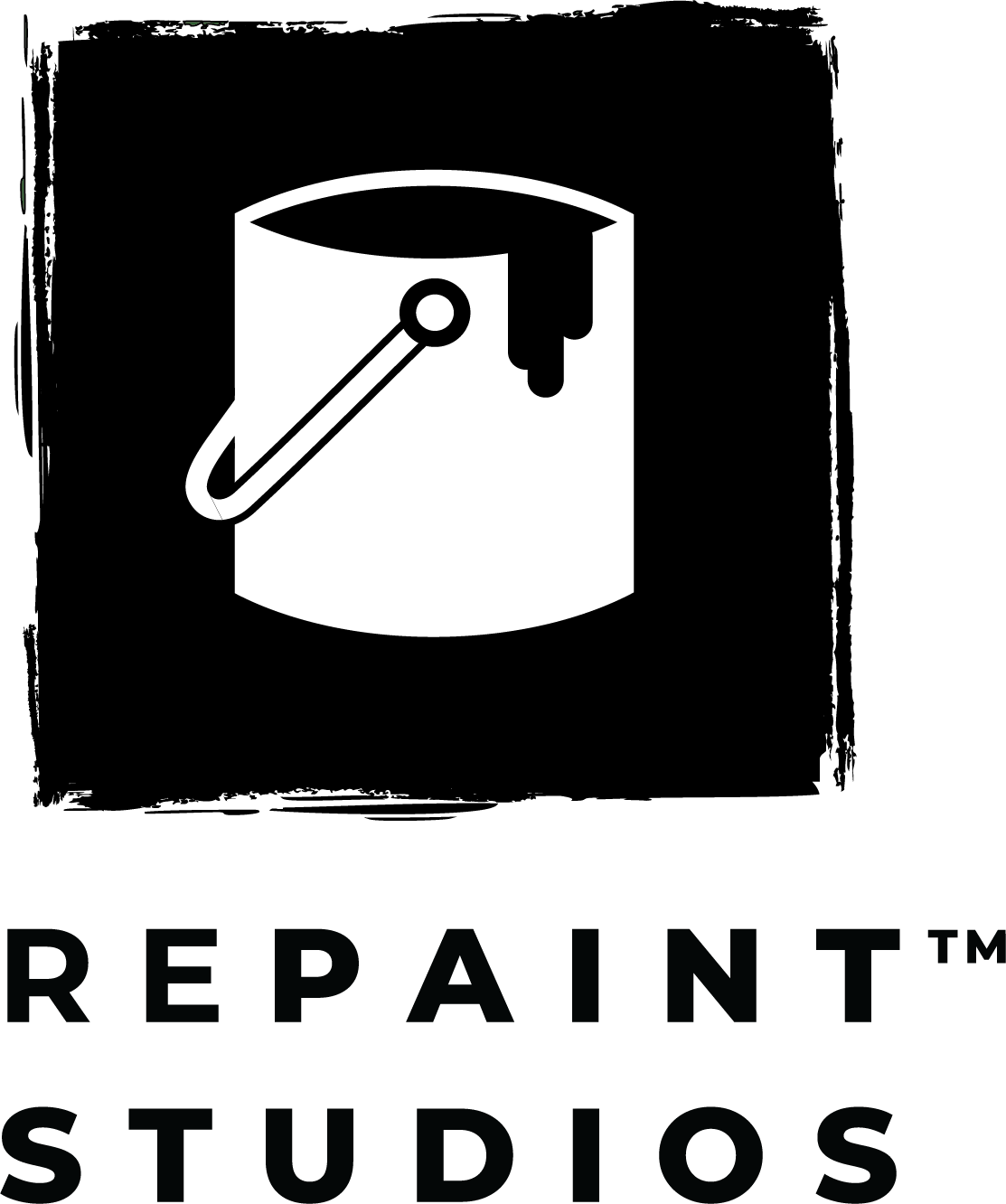How to be a more eco-friendly DIYer in 2025
Welcome to 2025! It’s time to transform your DIY projects into sustainable solutions that benefit both your home and the planet. Being an eco-conscious DIYer isn’t about following trends; it’s about creating meaningful, lasting change with your creativity and within your home. Ready to update your space while being kind to Mother Earth? Let’s get started with some practical and affordable, eco-friendly tips.
Vintage vibes: thrifting is your secret weapon

Why buy new when secondhand options offer so much character? Thrifting, garage sales, and secondhand shops are treasure troves for unique, affordable home decor and furniture. Here’s why it’s a win:
-
Sustainability: You’re keeping usable items out of landfills.
-
Budget-friendly: Secondhand prices are often a fraction of retail costs.
-
Customization potential: Revive old furniture with a fresh coat of paint or updated hardware for a look that’s uniquely yours. You could also spray paint a vase or figurine and it becomes a fun book end for your bookshelf.
Paint smarter, not harder: revive leftovers or go recycled

Have leftover paint from previous projects? Don’t let it dry up or go to waste. Use tools like the Repaint Tray to make the most of what you already have. It’s perfect for mixing small amounts of paint so nothing goes to waste.
Want to go even greener?
-
Choose recycled paint: Companies like Tomorrows Artist and GreenSheen offer recycled paints for artists and DIYers. These options are both affordable and eco-friendly.
-
Shop secondhand: Habitat for Humanity ReStores often stock unopened donated paints at a fraction of the price.
Pro Tip: Label your leftover paint cans with the color code and date to keep track of their usability for future touch-ups.
Better paint choices for you and your home

The materials you use matter! Opt for products that are safer for both you and the environment:
Low/Non-VOC paints
Traditional paints and oil-based paints release volatile organic compounds (VOCs), which are chemicals that evaporate into the air during and after painting. You know that heavy paint smell I’m talking about? Yeah, that’s VOCs you’re smelling and can harm air quality and your respiratory system!
Low and non-VOC paints are formulated to minimize or eliminate these harmful emissions, making them a safer choice for everyone, especially pregnant women and families with young children. They allow you to paint confidently, knowing your indoor air remains clean and safe.
Here are some trusted brands offering low or non-VOC options:
While low and no-VOC paints may be on the pricier end, these paints are better for you, your home, and the planet without sacrificing quality or color variety.
Get creative with sustainable DIY practices

Here are a few ways to incorporate eco-conscious habits in 2025:
-
Repurpose what you have: paint over old canvases or paintings for fun home decor or use scrap wood to make shelves.
-
They don’t make ‘em like they used to: Check out thrift stores or Facebook Marketplace for home decor, supplies, and even paint before heading to big box retail. You may just snag something that still has life left in it or has a unique vibe.
-
Recycle leftover paints: Check local recycling centers for drop-offs to recycle paint you no longer need, or mix up leftover paint for small projects.
-
Choose multi-use tools: Invest in versatile tools like the Repaint Tray, that lasts longer and reduces the need for single-use plastic items. This reusable silicone paint tray can be used with more than just paint. It can be used with wallpaper paste, wood glue, and mod podge!
DIY projects in 2025 can be both stylish and sustainable. By making thoughtful choices and embracing more eco-friendly items, you’re not just improving your space; you’re contributing to a healthier planet. So go ahead, roll up your sleeves, and create with intention — because DIY isn’t just about what you make; it’s about how you make it!










